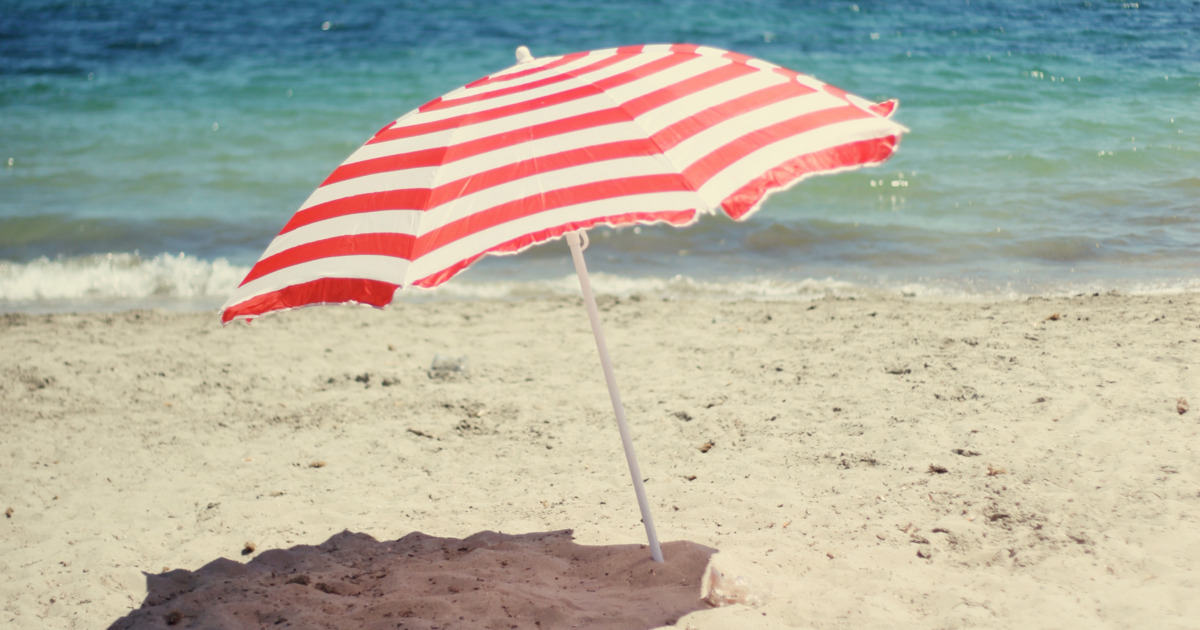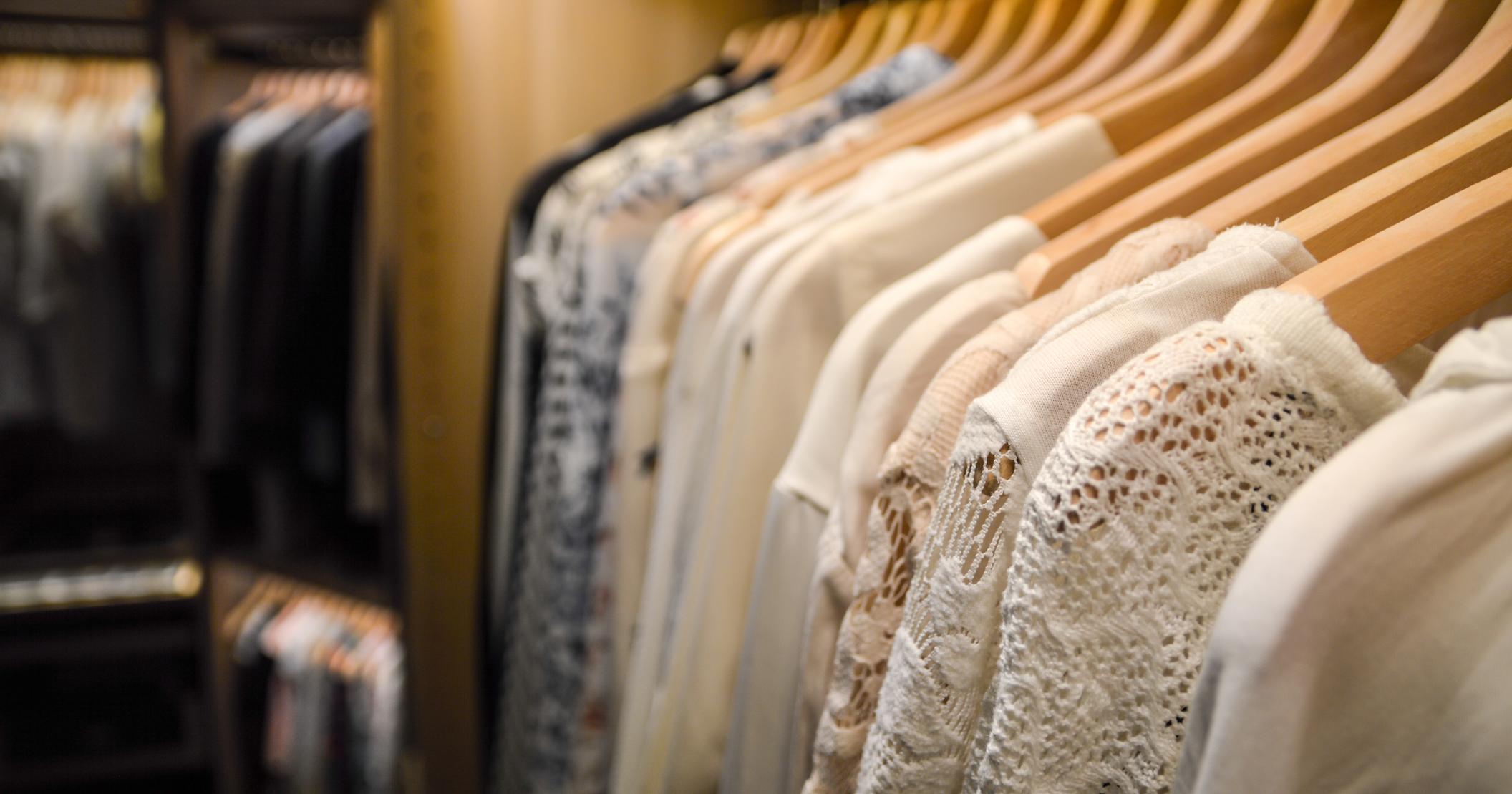How To Treat Bullous Pemphigoid
Bullous pemphigoid is a skin condition where large fluid-filled blisters develop on an individual's skin in areas that flex frequently. This condition is caused by an abnormal immune system response that targets the skin. In individuals affected by bullous pemphigoid, the immune system attacks the dermis or the layer of tissue underneath the epidermis or the outermost layer of the skin. The cause of this immune system response is not clear, but certain medications, medical conditions, light, and radiation are known to play a role. The risk of developing this condition increases as an individual ages, and it most commonly forms in older adults. Symptoms of this condition include itchy skin, large blisters that are difficult to rupture, reddish or darker than normal skin around blisters, hive-like rash, eczema, and small sores in the mouth. The objective of treatments for bullous pemphigoid is to relieve itching, heal the skin, and minimize medication side effects.
Get familiar with methods of treating this condition now.
Corticosteroids

Corticosteroids are prescription medications utilized to treat many different diseases and conditions. This type of drug reduces inflammation around the body. Numerous medical conditions may result in the immune system producing inflammatory responses, including redness, swelling, itching, and allergic reactions. Many of these types of conditions and diseases are considered autoimmune in nature. Autoimmune conditions and diseases are those characterized by the immune system mistakenly attacking its own healthy tissues in the body. Corticosteroids help counteract the immune system response or action that occurs in individuals with autoimmune conditions.
For bullous pemphigoid patients, corticosteroids stop the immune system from producing antibodies that attack the fibers that hold the epidermis skin layer to the dermis skin layer. Corticosteroids can be used orally or topically. The oral forms help mediate the immune response throughout the entire body, where the topical form mediates the inflammation in the localized area of application.
Learn more about treating bullous pemphigoid now.
Avoid Sun Exposure

All patients affected by bullous pemphigoid are advised to do their best to avoid sun exposure. When the skin is exposed to the sun, harmful ultraviolet rays can cause inflammation or a sunburn. Sunburns usually heal within a couple of days in healthy individuals. However, individuals with bullous pemphigoid have an abnormal immune system that causes the skin to respond to the ultraviolet rays severely, and sun exposure may cause the existing blisters to burst. When these blisters burst, they become very vulnerable to invasion by outside bacteria. The more damage done to the skin by the sun in individuals with bullous pemphigoid, the higher their risk becomes for contracting a life-threatening infection in their blood. Even in areas of unaffected skin, sun exposure can cause a breakout to occur. When an individual has numerous blister breakouts around the body, they are also less likely to perform proper blister and wound care. Lack of care further compounds the patient's risk of contracting an infection. Wearing protective clothing, using sunscreen, and avoiding the sun at the peak hours of the day can help reduce the sun's harmful effects on the skin of those affected by bullous pemphigoid.
Continue to reveal more bullous pemphigoid treatment options now.
Wear Loose Clothing

Individuals who have bullous pemphigoid are often advised to wear loose clothing when they have blister flare-ups around the body. The best way patients can promote the healing of these breakouts is by performing proper blister care, and by protecting the area from further damage. Wearing tight clothing over breakout areas can cut off the air supply to the affected blisters. It can also result in the repeated rubbing of clothing or friction on the skin of the blisters, which can cause them to rupture and ulcerate. Once the blisters have ruptured, they are open wounds and are exposed to invasion by outside bacteria. Friction from clothing on ruptured blisters will cause the wound to re-open or open up more substantially. Added damage to the existing blisters and lesions can cause them to heal up with more scar tissue than they would have otherwise. Scar tissue is different than healthy skin tissue, and it will be able to be seen in the form of a scar on the patient's skin. This type of scarring on the skin may fade over time, but it never entirely dissipates.
Get more details on how to treat bullous pemphigoid effectively now.
Make Dietary Changes

Some patients who have bullous pemphigoid may be recommended to make dietary changes. Various types of foods have been reported to cause the worsening of bullous pemphigoid symptoms due to boosting of the immune system. These foods include acidic fruits, garlic, barbeque sauce, horseradish, bagels, potato chips, relishes, onions, pickles, red sauces, chocolate, and tomatoes. In addition, popcorn, pretzels, tortilla chips, coffee, Worcestershire sauce, pizza, and red wine are known to exacerbate symptoms of bullous pemphigoid as well. Certain foods may cause symptomatic lesions that occur in the mouth of affected individuals to become worse and more painful. When a bullous pemphigoid patient has mouth ulcers, they are recommended to eat soft and moist foods that are easier to swallow. Salty foods may cause the patient to feel extreme discomfort if there are ulcers present in the mouth, but salt also promotes the healing process of the sores.
Discover more methods of treating bullous pemphigoid now.
Appropriate Blister Care

The most common manifestation of bullous pemphigoid is blistering around the body. Blisters are best characterized as pockets of skin filled with clear fluid on the surface of the skin, and they can be especially painful even for individuals who are not affected by bullous pemphigoid. The best way to promote the healing of blisters around the body is to keep them clean with mild soap and water and keep them intact. However, sometimes the blisters will be too painful to leave the fluid. The best way to handle extremely painful blisters is to properly drain the fluid from them without disturbing the overlying skin of the blister. The blister can be drained with a sterilized needle from one of its edges. Antibiotic ointment should be used on any blister that has been punctured or accidentally eroded. A physician may prescribe a bullous pemphigoid patient a steroid and or antibiotic ointment that is more potent than over-the-counter ones. These should be applied to the affected areas once they are properly cleaned according to the directions given.